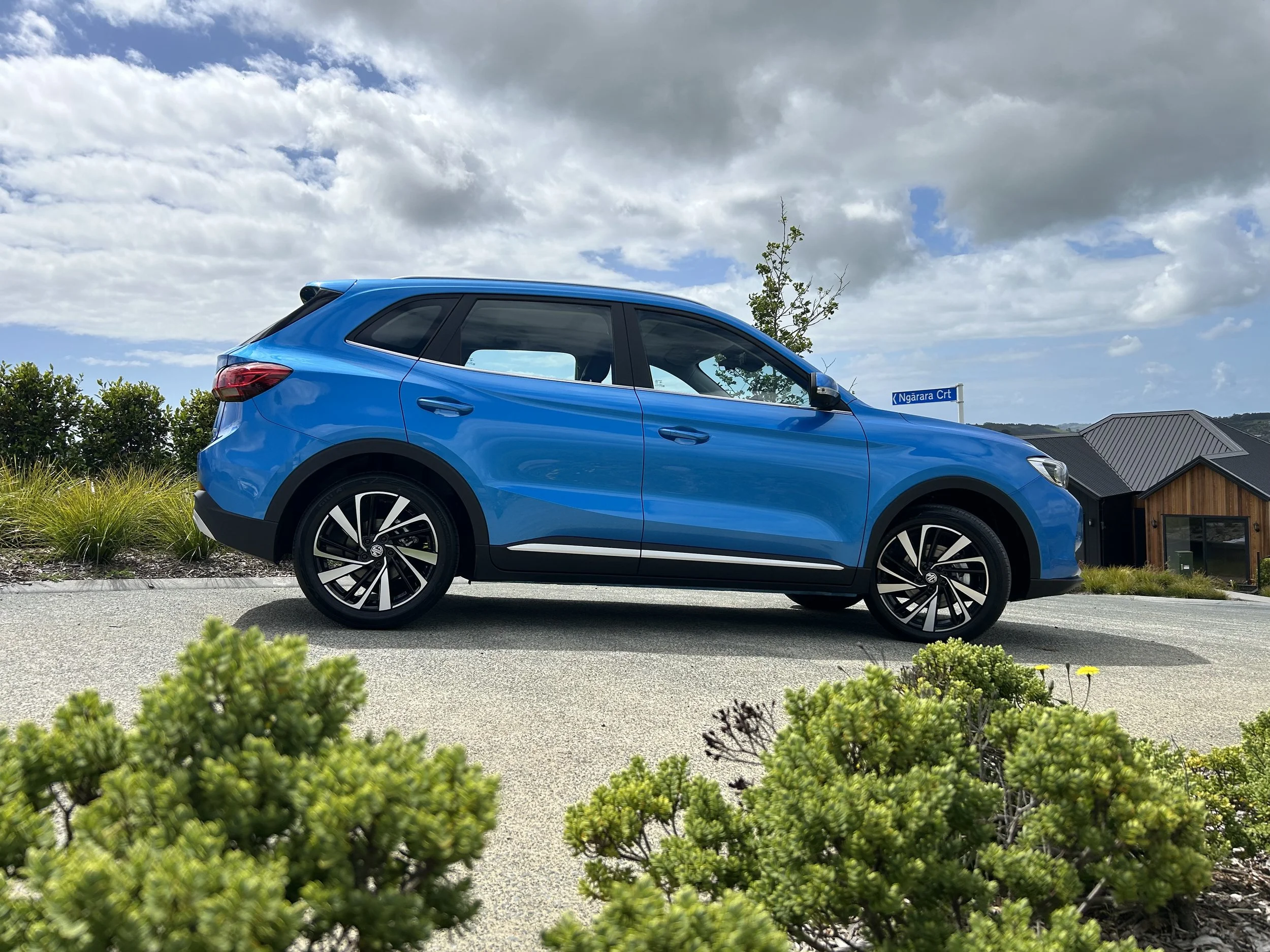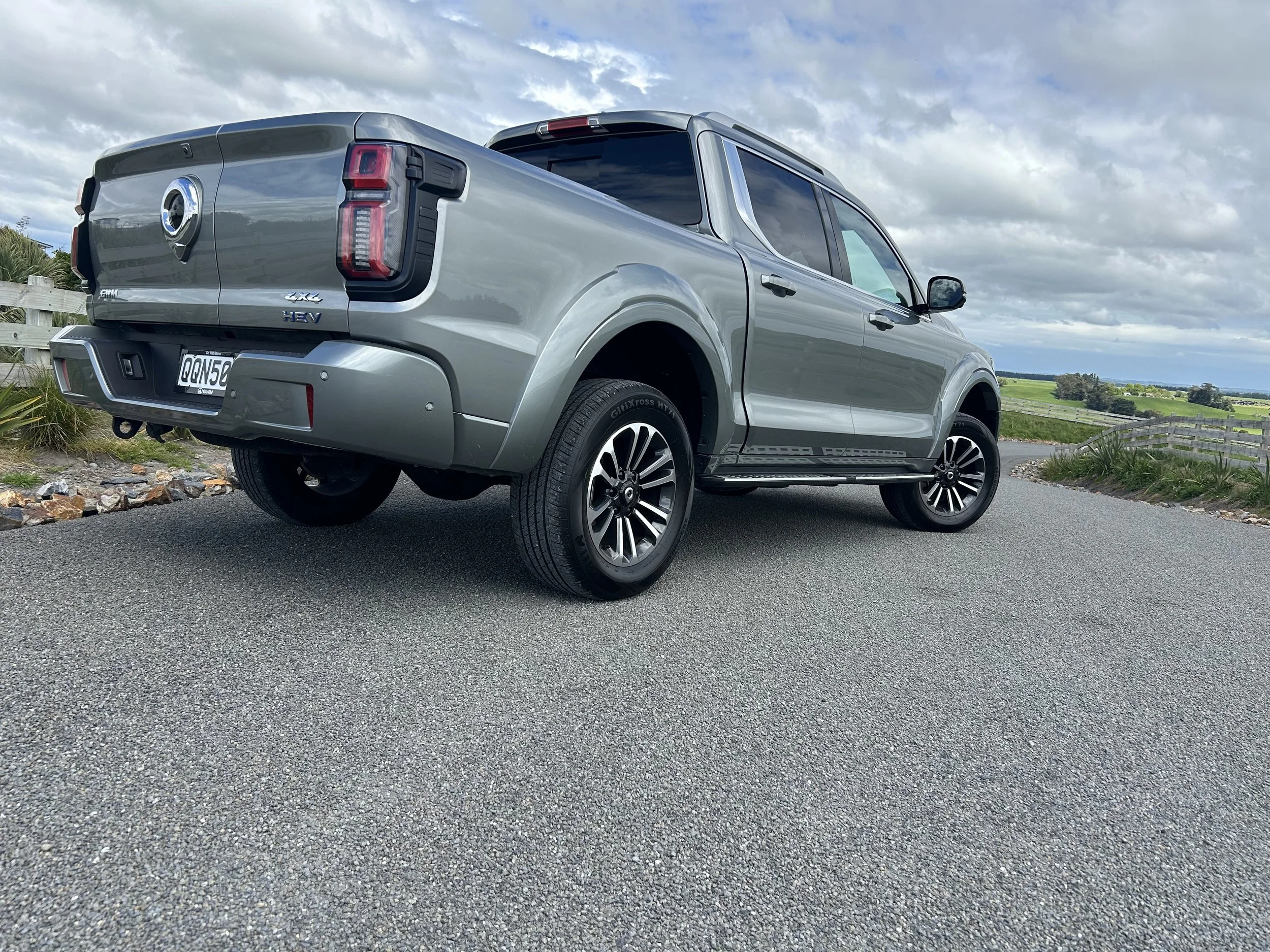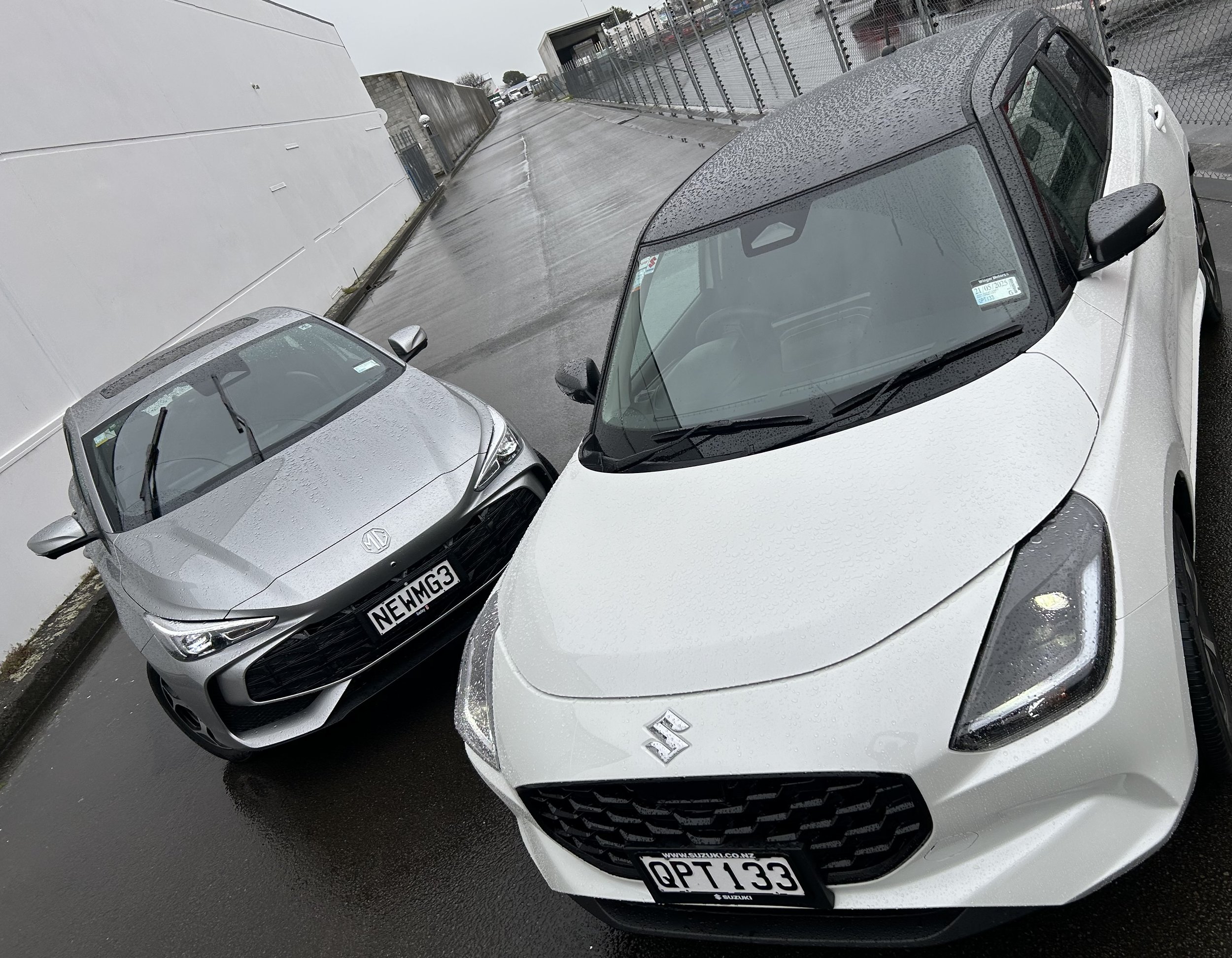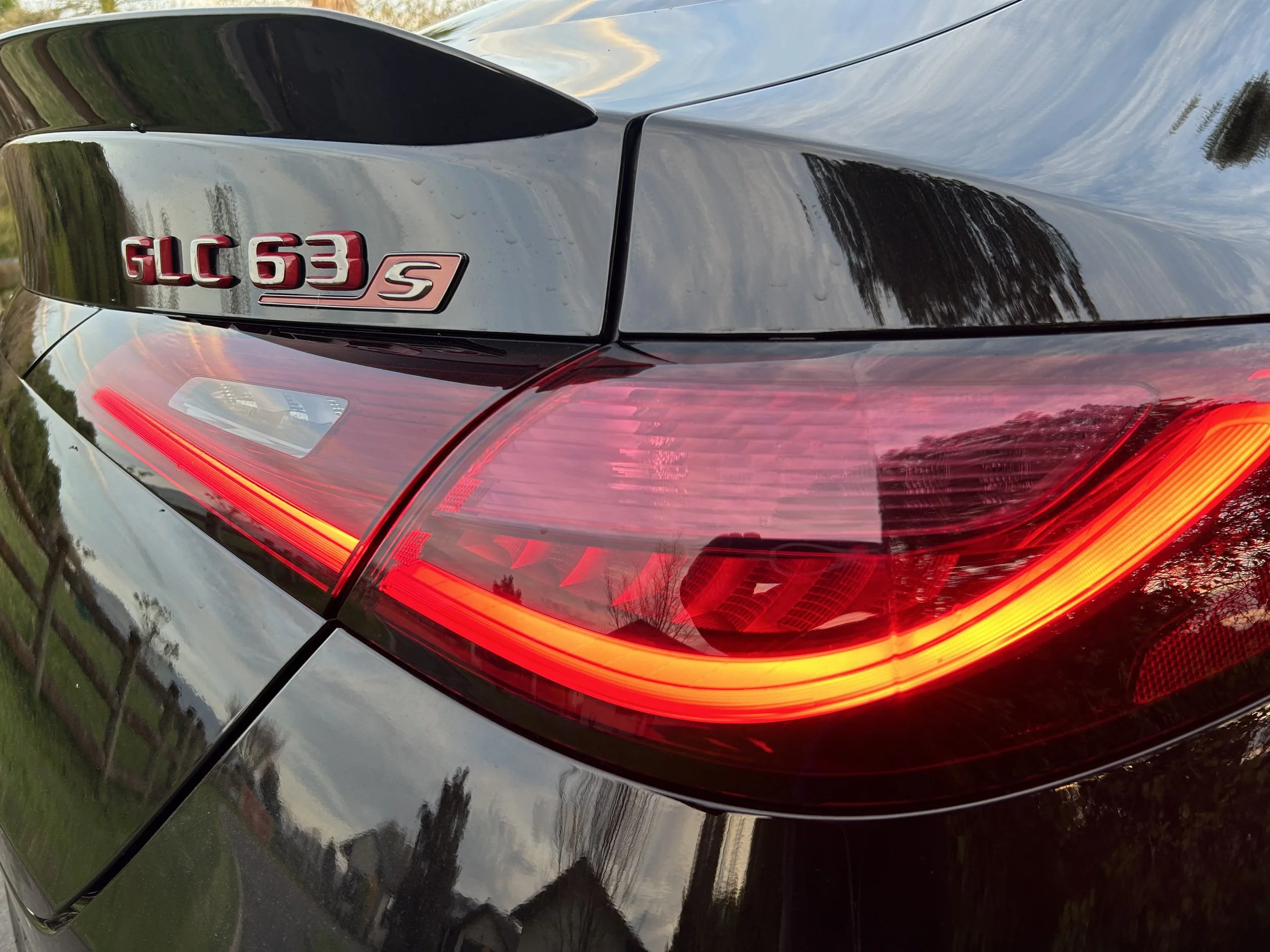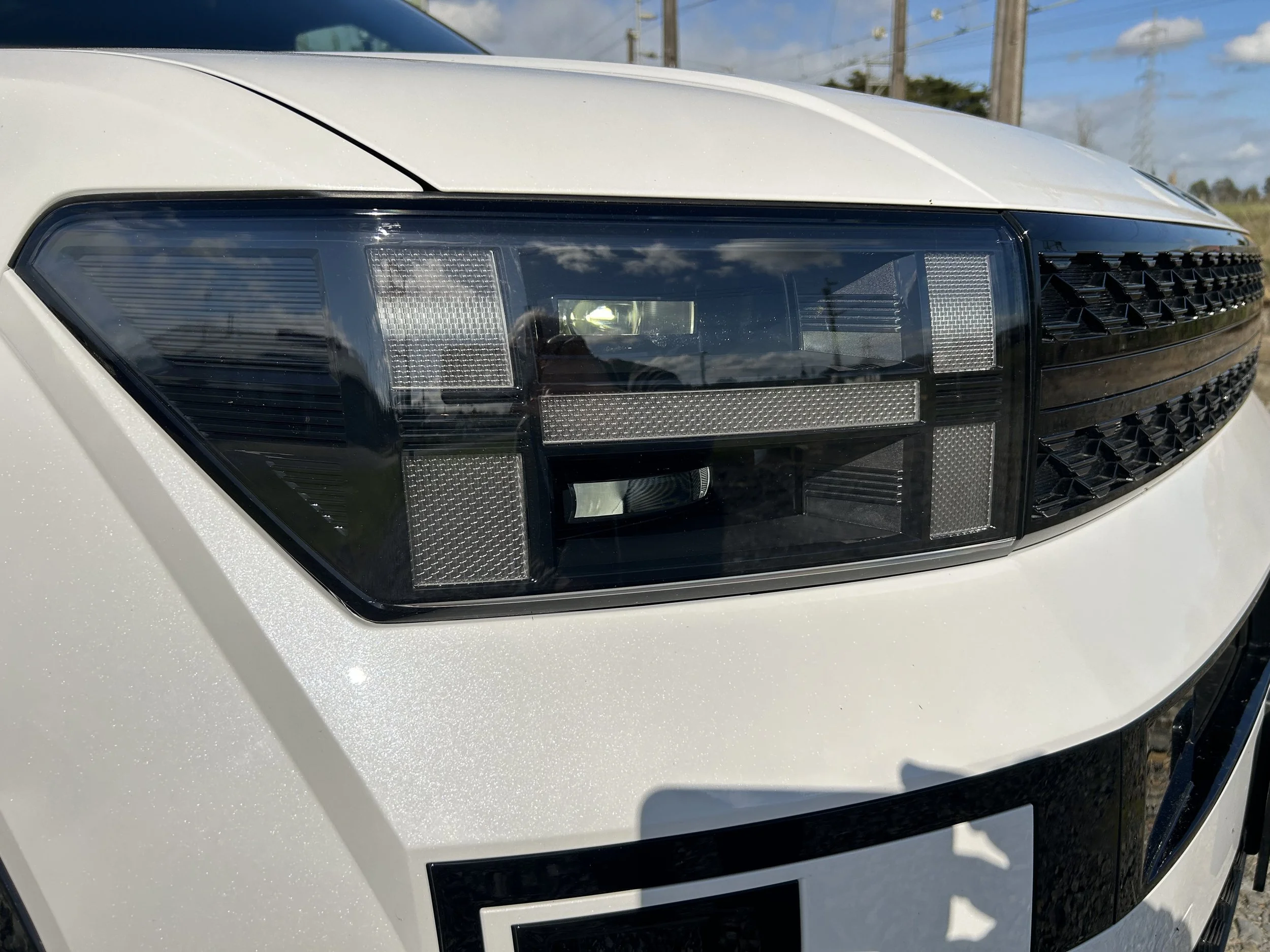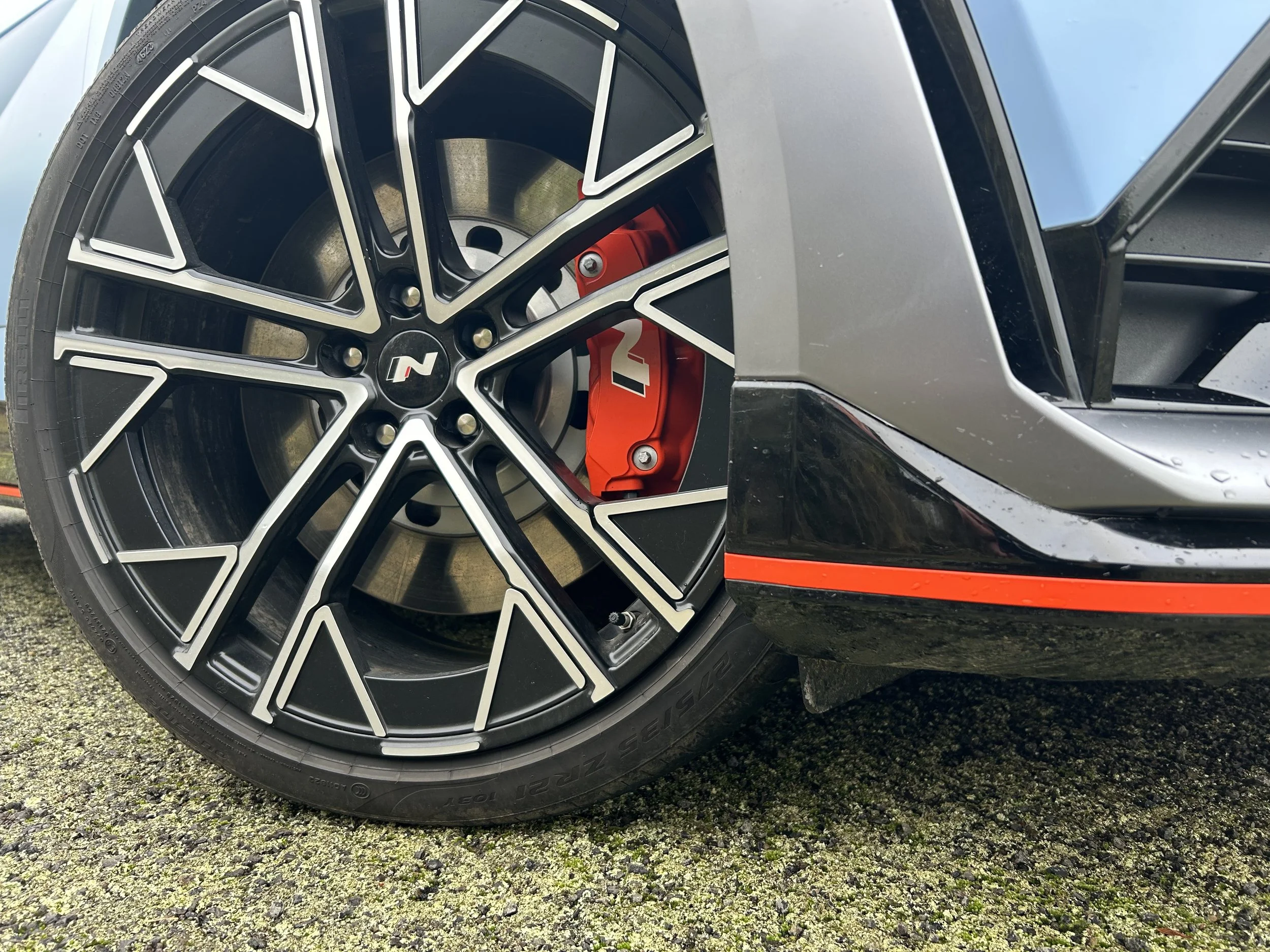Suzuki Ignis: Small charmer
/The less than smashing crash test result for an American icon has provided impetus for Suzuki to sharpen up a just-launched baby.
Read MoreSubaru Impreza: Starting at bottom a top choice
/The new-generation of the baby of the Subaru range is set to beat up showroom siblings that gave its forebear a hard time.
SELLING the previous Impreza came with one challenge – keeping from falling victim to others on the same platform within the Subaru family.
Sometimes a customer would come in with intent to purchase the cheapest car that Subaru offers, only to end up forking out a bit more so as to drive away in an XV or Forester crossover.
Making this admission today in unveiling the latest Impreza, two months ahead of its public sale, Subaru New Zealand admitted it only had itself to blame, though for the best of reasons.
With the country in the grip of strong desire for anything with a high ride height, those rock hoppers pretty much sold themselves. And if a customer suddenly decided he or she might prefer a product better-suited to mucking in than its entry road car, then what else could a brand renowned for being a speciality producer of terrain-tuned product do but oblige?
So far, so spectacularly good … soft roaders have certainly gone hard out for Subaru NZ. With overall volume running 15 percent ahead of last year, the brand is heading toward resetting its annual volume in New Zealand to a new high, with one car in particular leading the way.
That’s the Outback. Of the 2300 registrations Subaru has accrued so far, no fewer than 50 percent have gone to the big wagon. Outback has not only been high priority but high profile: Most of the advertising spend has gone into promoting it. They’ve just won a marketing award for that effort and, better still, Outback is now established as one of the country’s top SUV choices. The XV and Forester are also achieving higher year-on-year counts.
So who needs road-bound product anyway? Actually, Subaru NZ still does.
Sales and marketing manager Wayne McClennan reminds that the tarmac-tuned Legacy sedan and Levorg sports wagon have also been firing up enthusiasm. Pitched as an alternate to those exiting rear-drive big Aussie sedans, the first has so doubled its count last year, with 180 sold, while the other has exceeded the combined Legacy GT and WRX count for 2015.
Says McClennan: “There’s definitely a percentage of the car-buying population that doesn’t want SUVs. We know that, because they phone us,” he says, referring to when the public learned the old Legacy wagon was dropped last year. “We had people saying ‘we don’t want an SUV and asking what are you going to supply us with?”
That desire to stay in a passenger car drives continuing commitment to the Impreza as an entry choice. Another reason? The compact category in a nameplate dating back to 1992 competes is worth 20,000 sales a year, enough to make it the single largest new car category, McClennan says unless all the SUV categories are counted as one. Then the bigfoots get ahead by 10,000 units. Nonetheless “there are a lot of people out there who want passenger cars.”
True, it’s a tricky place to be, because it’s a sector where fleets snap up a far greater percentage of sales than families and is also dominated by one car, Toyota’s Corolla, which rivals – Subaru included – suggest has bullied it way to a dominant 4000 units a year through aggressive discounting.
That’s not Subaru’s style. Once again they want to steer clear of that kind of biff and bash and instead focus on the private sector.
At the same token, and again as before, they’re treading cautiously, with just one variant coming in, a hatchback that has been plucked from a fulsome family - all with an updated 2.0-litre naturally aspirated ‘boxer’ four-cylinder petrol with 115kW of power (up 5kW) and 196Nm of torque (unchanged), all-wheel-drive and Lineartronic constantly variable transmission - that hits the Australian market. (The Aussie and Kiwi distributors have worked together for common good for some years. Subaru is a small brand and this is the best way to ensure reasonable supply).
Across the Tasman they also have a sedan (no demand here) and no less than five trim levels. Ours is a mid-level trim on our neighbour’s patch. It has Bluetooth, reversing camera, climate air and a new infotainment setup also now allows this car to be the first Subaru provisioned with Apple CarPlay and Android Auto.
Also provided is the EyeSight driver assistance and safety system, now with autonomous braking, plus an 8.0-inch touchscreen, updated driver information display, dual-zone climate-control air-conditioning, a leather-clad steering wheel/gear selector, upgraded cloth trim, electric-folding mirrors, front foglights with integrated daytime running lights.
The Auckland mob could have trimmed more extravagantly: Australia has higher-end versions. The next model up from ours adds an electric sunroof and in-built satellite navigation (rather than the phone-tethered system on our model) and 18-inch alloys rather than 17s. Then there’s a flagship with the full safety package of blind spot monitoring, lane change assist, rear cross traffic alert and an active torque vectoring system, plus light-sensitive LED headlights with directional beam, automatic wipers, heated front seats/mirrors, leather upholstery, electrically adjustable driver’s seat and extra exterior side-skirt trim.
Are we being short-changed by not having all the goods or more models? In one way, it seems a pity that just one version of the car that debuts a brand’s new global platform which will underpin every new Subaru across the next 10 years and is the first new global platform since the Legacy was launched in 1989.
McClennan says it’s not beyond possibility that SNZ might still be able to provision our neighbour’s flagship as a limited edition here, but he reminds that the key to moving Impreza is a sharp price. The old car placed handily at $29,990 when most rivals cost over $30k.
What now? Subaru NZ boss Wal Dumper plans to keep us all guessing. He says the sticker won’t be announced until February 1.
Conceivably, a price increase is unavoidable. It now has the EyeSight accident avoidance technology in its third generation (with ability to recognise pedestrians and when traffic ahead of you has moved off from a standing start) and is also almost all – they say 95 percent, but that counts the drivetrain as being considered a wholly fresh thing (which it kinda isn’t) - new, a bit bigger and very much improved in terms of fit and finish. The driving dynamics are better as well.
In that respect, it’s in a much better position to hold its ground against the XV and Forester that have proven so pesky in the past, though not forever. The next model to use this latest platform is the new XV, which will be rolled out internationally very soon, though it won’t get here until late 2017. Forester will come after that, presumably in 2018. Then the next-gen Legacy and Outback and Levorg.
Judging Impreza’s chances in this highly-competitive zone is too hard without knowing the dollars, but those owners of the current Impreza are going to be impressed nonetheless, not least with the massive step up in interior quality. If you told me that the bulk of the development budget went into finessing the cabin, I wouldn’t be surprised.
The transformation is massive; the level of attention much better than seen previously. Forget cheap and nasty; the hard, scratchy plastic that quite obviously blighted the outgoing car are all but gone. Instead, you’re looking at a cabin of much higher quality. Stitched edges on the centre console, a thick-rimmed steering wheel, nicely-weighted switches and knobs and, yay, a better-sorted touch screen that looks smarter and doesn’t seem to be zonked out by direct sunlight. I thought the interior of my favourite Subaru, the Outback, was terrific, but this is better still.
The driving position is also good – reach and rake adjust on the steering column and a chunky chair with decent bolstering – and, though the rear seat squab is a bit flat, this Impreza also offers something that was barely available in the old car: Decent head and leg room when there’s a tall driver. The cabin also feels wider than a 35mm improvement in that dimension suggests.
Just on the strength of this interior ambience, you can see why Subaru are suggesting this car can now be considered against the Mazda3 and VW Golf. It certainly puts the boot into the Corolla, the Honda Civic, Hyundai i30 and Kia Cerato.
Stepping back, how about the exterior styling? That’s a bit different, but also heading in a better direction. The new headlights give the front of the car a real hawk-like look shared with Levorg. Some have suggested that in profile especially, it looks a little bit like a Peugeot 308. Hmmm. The Subaru, to me, looks more aggressive and less plump. Maybe it’s that crease line running along the flank. Intended to mimic the sort of flourish you see in Japanese calligraphy, it’s a simple but effective signature.
The new engine is not that different to the old one – just maybe a little bit stronger for mid-range torque and quieter. There didn’t seem to be a huge amount of grunt, but the car we drove was basically brand new – and boxer engines are never at their best in that state.
Of more interest, then, was the CVT. Subaru does gearless transmissions better than any other brand but, well, a CVT is still a CVT. Meaning it’s generally not like a decent direct-shift gearbox or a sporty automatic.
Still, it’s a step forward that this one now mimics the unit in the WRX and Levorg by offering a stepped speed control and a seven-speed manual mode. It’s not the same transmission, but is smooth and responsive, not least when you’re employing the paddle shifter. Also new to this car is a stop-start system.
Subaru apparently benchmarked this car against the Golf, with intent to out-handle the German barometer. I’m not sure if it has done that, though on the winding roads around the Clevedon area it felt very confident.
The new platform certainly feels a lot more rigid. They say the suspension has been fixed more rigidly to the body (via new mounting points) to reduce body flex in hard cornering situations while the centre of gravity is 5mm lower than before. That translates to reduced body roll and excellent body control during direction changes, whole the steering has a meatiness and accuracy that is quite unlike the usual AWD experience. But not that different to a certain German one.
Overall? If the price is right – and Dumper assures it will be – then this car could do very well indeed. For the next year, at least, it’ll be the Forester and XV that will be looking nervous.














